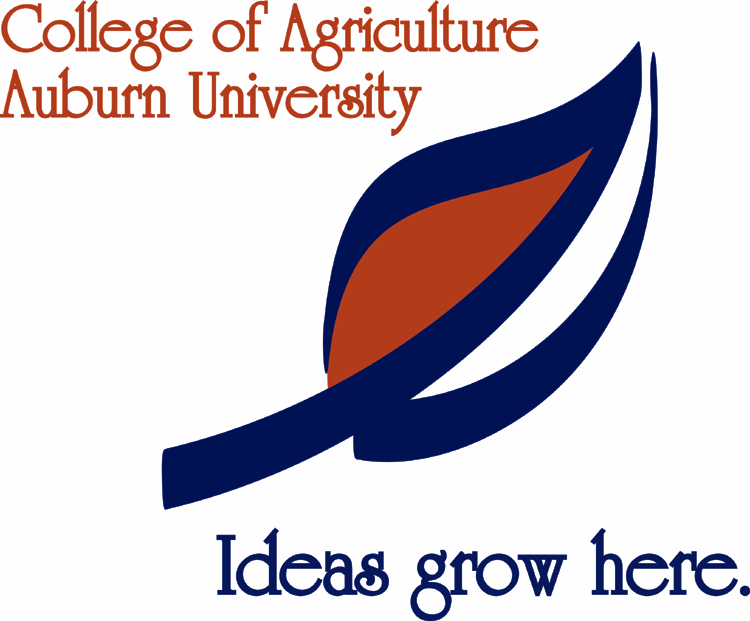
BUTLER/CUNNINGHAM
This page introduces the topic of Aquaculture.
This site will change from time to time. Basic organization will remain constant.
click here to contact Mike Polioudakis, site developer
polioej@acesag.auburn.edu
 |
BUTLER/CUNNINGHAM This page introduces the topic of Aquaculture. |
This site will change from time to time. Basic organization will remain constant. click here to contact Mike Polioudakis, site developer polioej@acesag.auburn.edu |
|
Level 2 ENVIRONMENT FACTS: AQUACULTURE |
Selection of Similar Pages |
Selections from the Home Page | ||
|
|
The following statement is by Dr. Boyd of Auburn University: Channel catfish farming is the major aquaculture activity in Alabama. Recently, an environmental assessment was made of this industry. Catfish farming is concentrated in Hale, Greene, Sumter, Marengo, Perry, and Dallas Counties of west-central Alabama, and the study focused on this area. There is around 24,500 acres of production in Alabama. It is estimated that about 10.7% of the area is for fry and fingerlings and 89.3% is for food fish production. The production of food fish was about 90,000,000 lbs in 1997. All of the production is done in ponds. Usually the fish are stocked directly into ponds for culture, but a few farmers stock fish in cages where they are confined for grow-out. Most ponds are filled by rainfall and runoff, but some ponds are supplied by wells or water levels are maintained in dry weather with well water. The fish are fed a high-protein content, pelleted feed. Ponds are mechanically aerated and mostly with paddle wheel aerators. Harvest is primarily by seine through procedures that do not require ponds to be drained at frequent intervals.
(1) Catfish farming in Alabama uses very little water. On average, excluding storm overflow, about two pond volumes are discharged for each pond in 15 years. (2) Overflow from ponds following rains occurs mostly in winter and early spring when pond water quality is good and stream flow is high. (3) Total suspended solids was the only water quality variable that appeared elevated enough to be of concern. (4) The main sources of total suspended solids were erosion of embankments, pond bottoms, and discharge ditches. (5) Ground water use by the industry is about 29.8 million gallons per day. However, seepage from ponds return at least this much water to aquifers. (6) There is little use of medicated feeds, but sodium chloride, copper sulfate, lime, and inorganic fertilizers are widely used by the industry. (7) Copper sulfate is often used to control blue-green algae and off-flavor in ponds, but copper precipitates rapidly in ponds and is of no concern in effluents. (8) Sodium chloride is applied to ponds to control nitrite toxicity. However, specific conductance and chloride concentrations in effluents suggest that stream salinization will not result from this practice. (9) Fertilizers are rarely used by food fish producers. They often are applied two or three times per year in small doses to fry and fingerling ponds. Fertilizer use will not cause high concentrations of nitrogen and phosphorus in effluents. (10) Hydrated lime is used at 50 to 100 lbs/acre and does not cause high pH in pond waters or effluents. (11) When sediment is removed from ponds, it is used to repair embankments and not disposed of outside of ponds. (12) Sampling above and below catfish pond outfalls on eight streams revealed no differences in stream water quality. (13) Electricity used for pumping water and mechanical aeration is only 0.4 kW·hr per pound of production (14) Each ton of fish meal used in feeds yields about 10 tons of dressed catfish.
http://www.al.nrcs.usda.gov/SOsections/Engineering/BMPindex.html.
End of statement by Dr. Boyd.
|